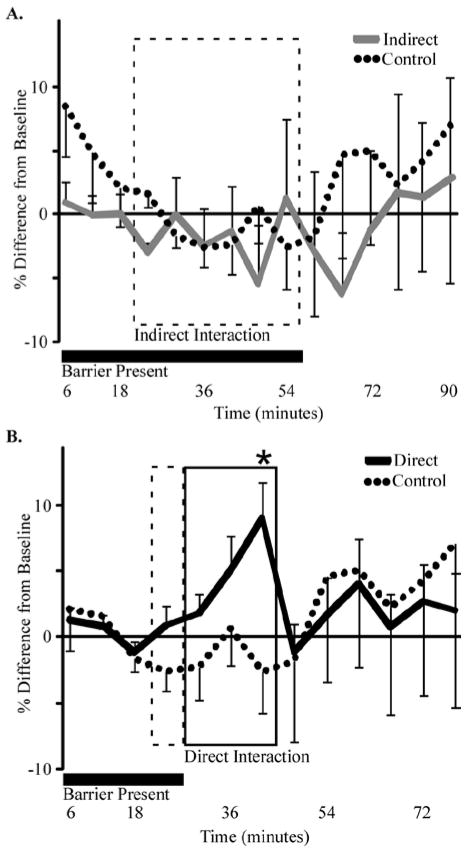Figure 1. Extracellular serotonin in the IC increases during direct social interactions.
A) Male mice were exposed to 30 minutes of a transparent, perforated barrier (broken line, n=8), or to an intruder on the other side of the barrier (gray line, n=8). During the presence of the intruder (broken rectangle) extracellular serotonin in the IC was not different relative to pre-interaction levels, post-interaction levels, or the control group. B) Male mice (n=22) were exposed to 5 minutes of indirect social interaction through a barrier (broken rectangle) followed by 15 minutes of direct social interaction with no barrier (solid rectangle). Serotonin did not change when an intruder was presented through the barrier. The serotonin signal during direct interaction (solid line) was significantly elevated above pre-interaction levels by the third measurement (asterisk, GLM, Bonferroni, F(1,86)=8.74, p=0.004, t=2.96, p=0.004) and was significantly greater than the response of control mice (broken line, GLM; F(1,119)=9.53, p=0.003). The serotonin signal in the IC returned to baseline after the interaction. For (A) and (B), values are means, error bars represent s.e.m., and the presence of the barrier is indicated with a horizontal black bar. Control recordings were the same for (A) and (B).

